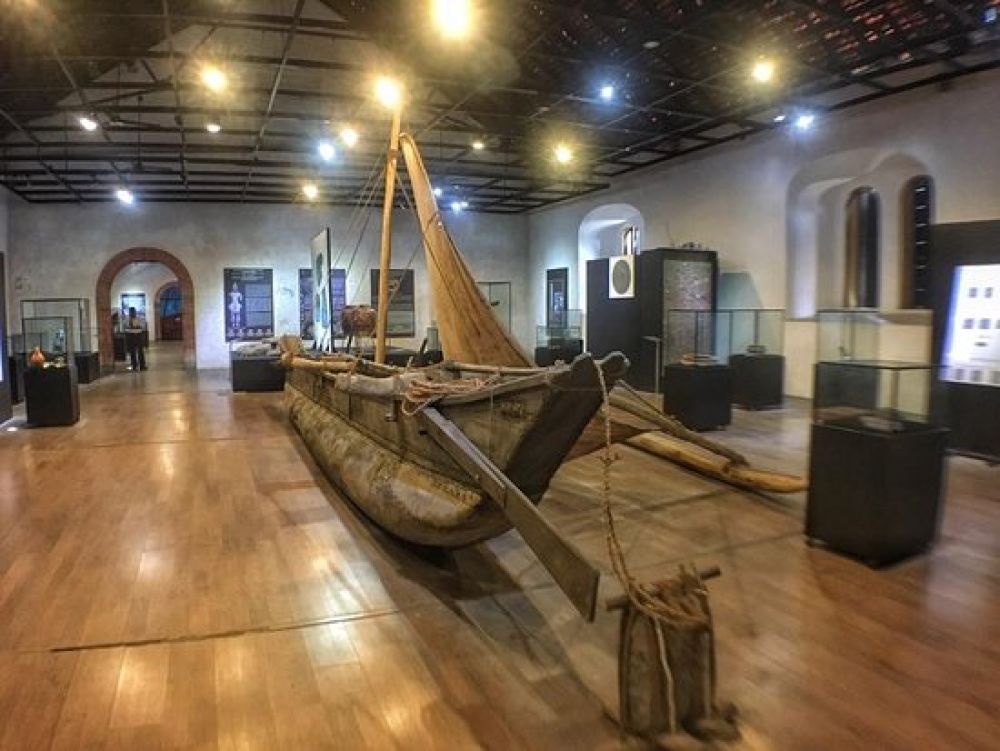

The National Museum of Galle is not only a treasure trove of historical and cultural artefacts but also a significant testament to the rich tourism history of Galle, Sri Lanka. Tourism in Galle has evolved over the decades, starting from the times when intrepid travelers visited the island for its exotic charm and colonial heritage. The museum itself is housed in an old Dutch building, constructed in 1656, which is part of the Galle Fort, a UNESCO World Heritage Site since 1988. This has made Galle a focal point for tourists interested in Sri Lankan history.
The origins of organized tourism in Galle date back to the colonial era when the fort was a hub for trade and a strategic port for European colonizers. With the fort's historical significance and picturesque coastal location, Galle soon became a popular destination for colonial officials and travelers. Following independence, the Sri Lankan government emphasized the importance of tourism for economic development and started promoting Galle and its attractions, including the National Museum of Galle, as ideal tourism spots.
Over the years, Galle's fame as a cultural and historical hub increased, drawing in more tourists each year. The National Museum of Galle played a pivotal role in this growth by preserving and showcasing artefacts that capture the essence of Southern Sri Lanka's unique culture, including traditional masks, maritime artifacts, and colonial relics. The museum has allowed tourists to connect with Galle's past, turning it into a must-visit destination for history enthusiasts and culture seekers alike.
In recent years, the tourism trend in Galle, and by extension at the National Museum of Galle, has seen a shift towards more sustainable and responsible travel experiences. Tourists are now more interested in immersive cultural exchanges, eco-friendly accommodations, and contributing to the local economy. The rise of digital platforms and social media has also influenced how visitors experience Galle and its attractions, with many sharing their museum visits and historical finds online, thus promoting further interest and tourist footfall.
Looking forward, the National Museum of Galle is poised to remain an integral part of Sri Lanka's tourism landscape. Efforts to preserve Galle's heritage ensure that the museum continues to offer enriching experiences to visitors. The comprehensive displays and educational tours help to foster a deeper understanding and appreciation of the country’s diverse history and contribute to the sustainable growth of tourism in the area.
Tourists visiting the National Museum of Galle not only indulge their curiosity in the artefacts of the past but also participate in a long-standing tradition of exploration and discovery that has shaped Galle's tourism scene.
The museum's commitment to conservation and education, combined with Galle's alluring charm, ensures that it will remain an essential destination for tourists seeking a blend of historical insights and cultural richness in the heart of Sri Lanka.